Description
ABSTRACT
Legal Trends in Intellectual Property Licensing
John Onyido*
The monetisation of intellectual property rights through licensing or through outright transfer for valuable consideration is one of the more important ways in which IP rights holders derive significant benefits from the outcome of their creative endeavours. This paper reviews the various forms of IP licensing, assignments, some rudimentary clauses in licensing transactions, the limits/boundaries of licensing, implied licenses, exhaustion of IP rights, the first sale doctrine and the role of standards in licensing transactions, among other useful topics. The paper also reviews select local and foreign judicial authorities on the scope and efficacy of the licensing process while providing valuable guidance on how to more effectively structure the operative terms of a licensing agreement in order to accomplish the economic and business objectives of the parties and ensure the full exploitation of these valuable intangible assets.
Keywords: Intellectual Property, Rights, Licensing, Assignments.
INTRODUCTION
The concept of licensing of intellectual property rights at its core level generally signifies the permission to perform an act that would otherwise constitute an infringement. It could merely be a covenant not to sue or the allocation of one or more of the many rights of a licensor for a definite period of time or set geographical limits, after which the right inures to the transferor.
In succinctly describing the metes and bounds of technology licensing, a learned author writes:
Licensing agreements convey rights to intangible property created and defined by statute and to technology deriving value solely from proprietary possession to the exclusion of others. An understanding of the legal nature and scope of such intangible property and technology, therefore, is necessary both to appreciate legitimate avenues of exploitation and to avoid arrangements that may destroy the value of the intangible asset or violate laws designed to restrain unfair competition.1
In Copyright law these bundle of rights relate to the rights of reproduction, distribution, performance and display ot the right to make derivative works.2 The patentee under Patent law enjoys the right to exclude others from making, using, selling, offering to sell, distributing or importing products that fall within the scope of the patent as claimed.3 Trademark law on the other hand only confers the right to prevent others from using a mark or brand that is confusingly similar to the licensed or assigned senior trademarks to be likely to deceive or cause confusion in the minds of consumers in the course of trade.4
* Partner and Head Intellectual Property & Technology Law Department at SPA Ajibade & Co., (Legal Practitioners, Arbitrators and Notaries) Lagos, Nigeria.
- See Brian G. Brunsvold and Dennis P. O’Reilly, Drafting Patent License Agreements (5th ed., BNA Books 2004) p.2para 1.01
- 17 U.S.F. 106 (The Copyright Act). See section 6(1)(a)(b) and (c) of the Nigerian Copyright Act, Cap. C28 LFN 2004.
- 35 U.S.F. 154 (The Patent Act). See section 6(1) of the Patent and Designs Act Cap. P2 LFN 2004.
- 15 U.S.F. 1114 and 1125 (The Lanham Act). See section % and 6 of the Trademarks Act Cap. T13 LFN 2004.

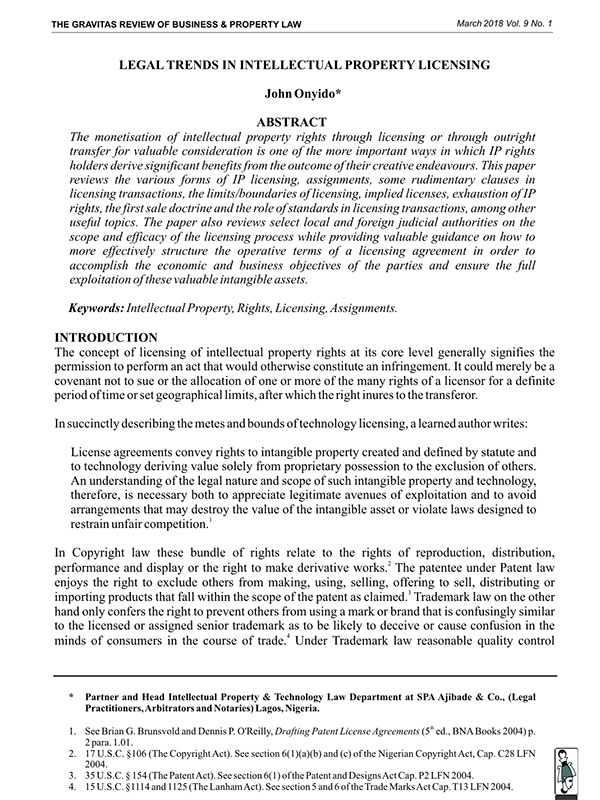
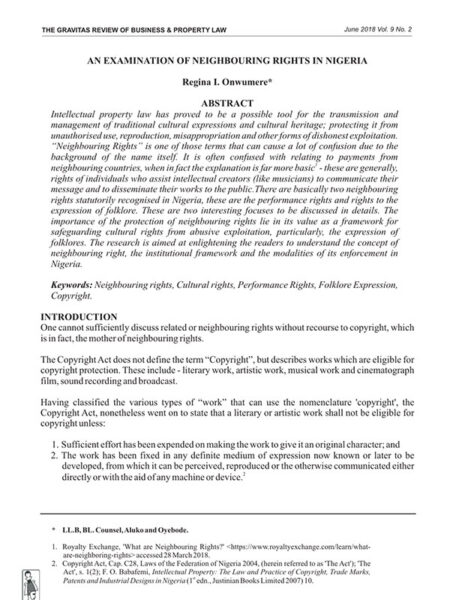
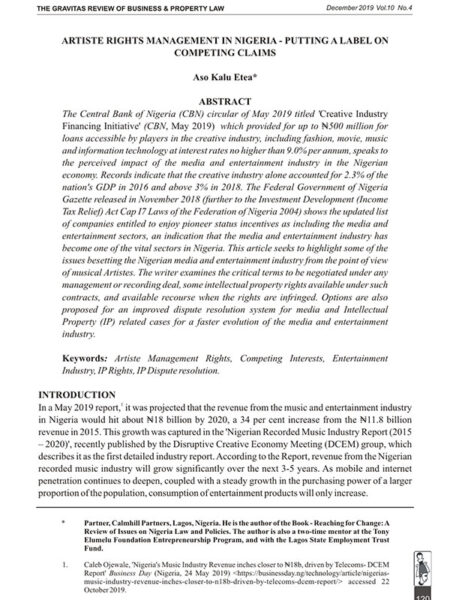


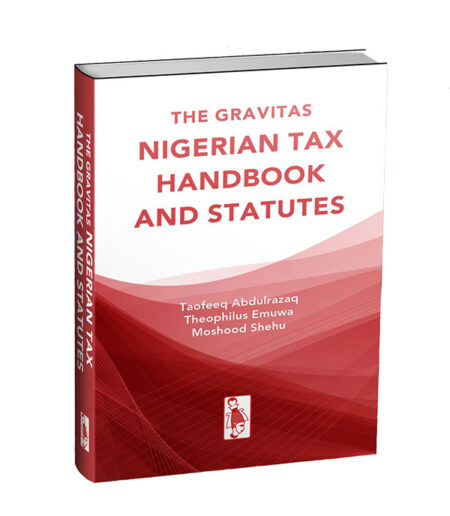

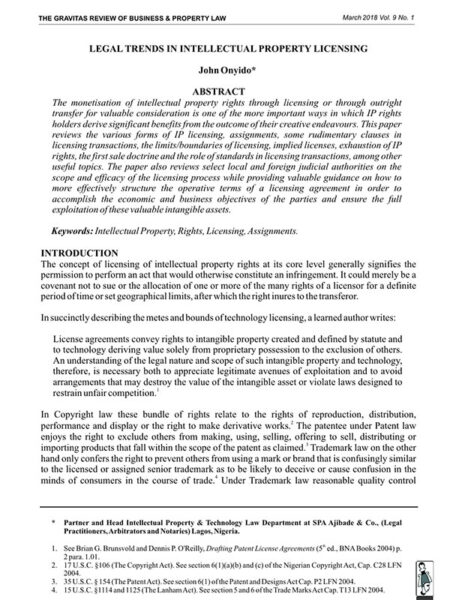
Reviews
There are no reviews yet.